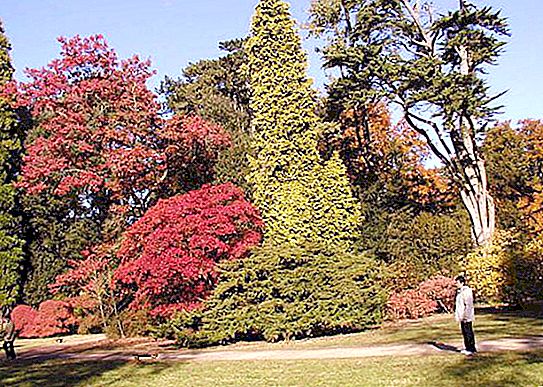A nice old town in central Russia with a very suitable and very ancient Russian name - Tutaev. The population, probably, did not suspect for a long time that the city was named after the young Red Army soldier until they were given the choice - to be Tutaevites or Romanovorislebleb people.
general information

The pretty provincial town of the Yaroslavl region has long been included in the Golden Ring of Russia. An amazing feature of Tutaev, which makes him a historical monument of bureaucratic bruising, is that the city, spread on two banks of the Volga, does not have a bridge between them. Once it was two cities, in whose honor two sides are named - Romanovskaya and Borisoglebskaya. Two coasts, separated by a wide river, are connected only by the ferry service, which operates only in the warm season. In winter, the population of Tutaev from one part to another travels through Yaroslavl, which is 40 km one way.
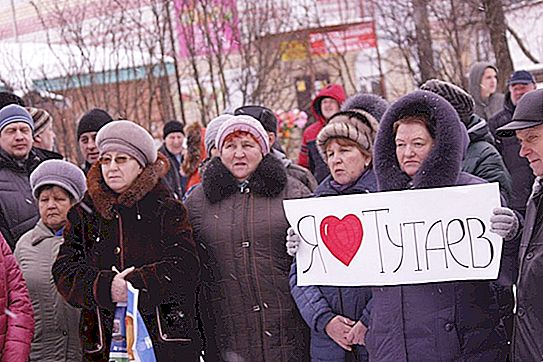
Thanks to the preserved atmosphere of the provincial Russian town, Tutaev has become the set for many feature films. The first film adaptation of "12 Chairs", the second part of "Boomer" and several episodes of the series about the young Stirlitz - "Isaev. Diamonds for the dictatorship of the proletariat" were filmed here.
The largest enterprise is the Tutaev Motor Plant, which produces diesel engines for heavy vehicles, tractors and river tugs. Thanks to the construction of the plant, the population of Tutaev increased significantly in the 70s.
History of Romanov
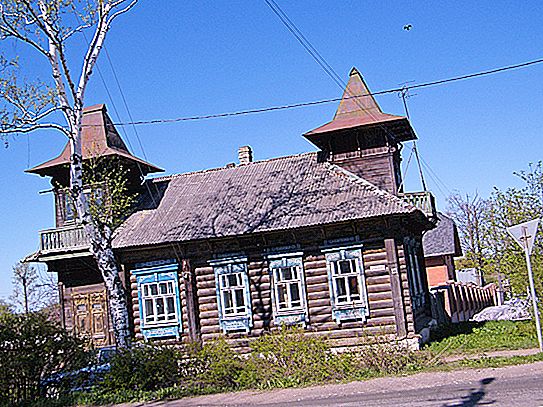
On the left bank of the Volga in 1283, as recorded in ancient chronicles, the Uglich prince Roman Vladimirovich founded the city, later named in his honor - Romanov. As a result of the raids of the Mongols and Novgorod ushkunikov was repeatedly completely destroyed.
In 1563, Ivan the Terrible gave the city to feed the Tatar Murza, the future princes Yusupov. The mass migration of Tatars to Yaroslavl land began, for two hundred years this region was a Muslim enclave. Not only in Romanovsky, but also in the neighboring counties, they made up the majority of the population. Several mosques were built, which were then dismantled. In the XVIII century, most of them converted to Orthodoxy, and persistent Muslims were evicted near Kostroma.
At the beginning of the XVII century, during the Time of Troubles, the city was again looted and burned. Romanov was rebuilt again, in 1777 became a county center.
History of Borisoglebsk
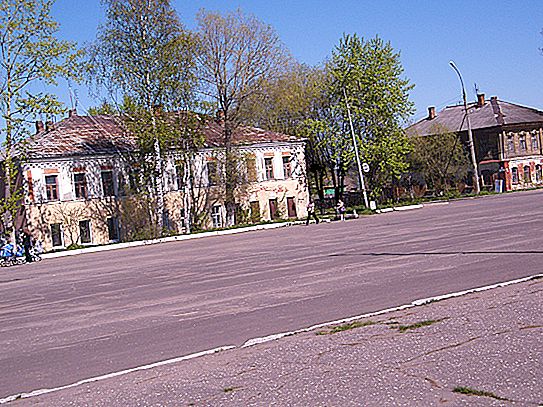
In the Lavrentievsky annals it is written that when Yaroslavl was destroyed by the Mongols in 1238, residents were saved in the Borisoglebsk settlement. From here, looking at the other side, well suited for the construction of the fortress, Prince Uglichsky Romna Vladimirovich decided to found Romanov. In 1777, the settlement became a city and a district center.
United city
In 1822, in order to save money on city management, they were merged into one - Romanov-Borisoglebsk. At the beginning of the XX century, 8.5 thousand people lived in the city, the able-bodied population of Tutaev worked at 12 linen factories and sheepskin dressing.
In 1818, the city was called Tutaev-Lunacharsk for a month, then for convenience they decided to leave only the first part. Tutaev is the surname of an ordinary Red Army soldier who died in the suppression of the White Guard rebellion. Since the beginning of perestroika, there have been several attempts to rename, but at a referendum in 2017, the population of the city voted to preserve the name.
Tutaev population
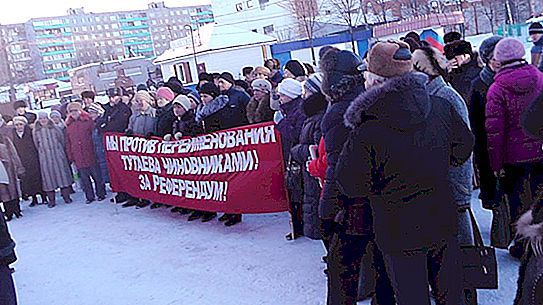
The development of the city has always been under strong pressure from the nearby regional center - Yaroslavl. The population of Tutaev was first determined in 1856, then 5100 people lived in the town. According to the first census of the Russian Empire, held in 1897, there were already 6, 700 inhabitants. In the pre-revolutionary period, the population grew slowly, mainly due to natural growth.
After the 1917 revolution, the population of Tutaev (according to the first available data of 1931) almost doubled to 7600, compared with the latest data of the Russian Empire in 1913. In the period from 1931 to 1939. the number of city residents rose to 18, 500, the population grew due to the influx of rural population during the period of Soviet industrialization. The next surge in the increase in Tutaev’s population occurred in connection with the construction of a motor plant, which for a long time determined the economic and demographic situation in the city. The maximum population reached in 1996 reaching a population of 45, 700 people. In recent years (since 2015) the number of residents has been growing slightly, now 40, 400 people live in Tutaev.


